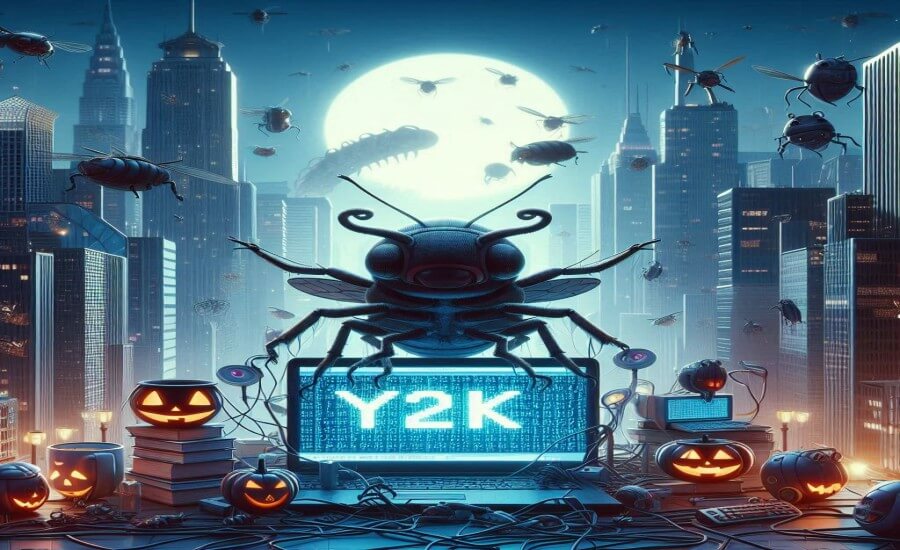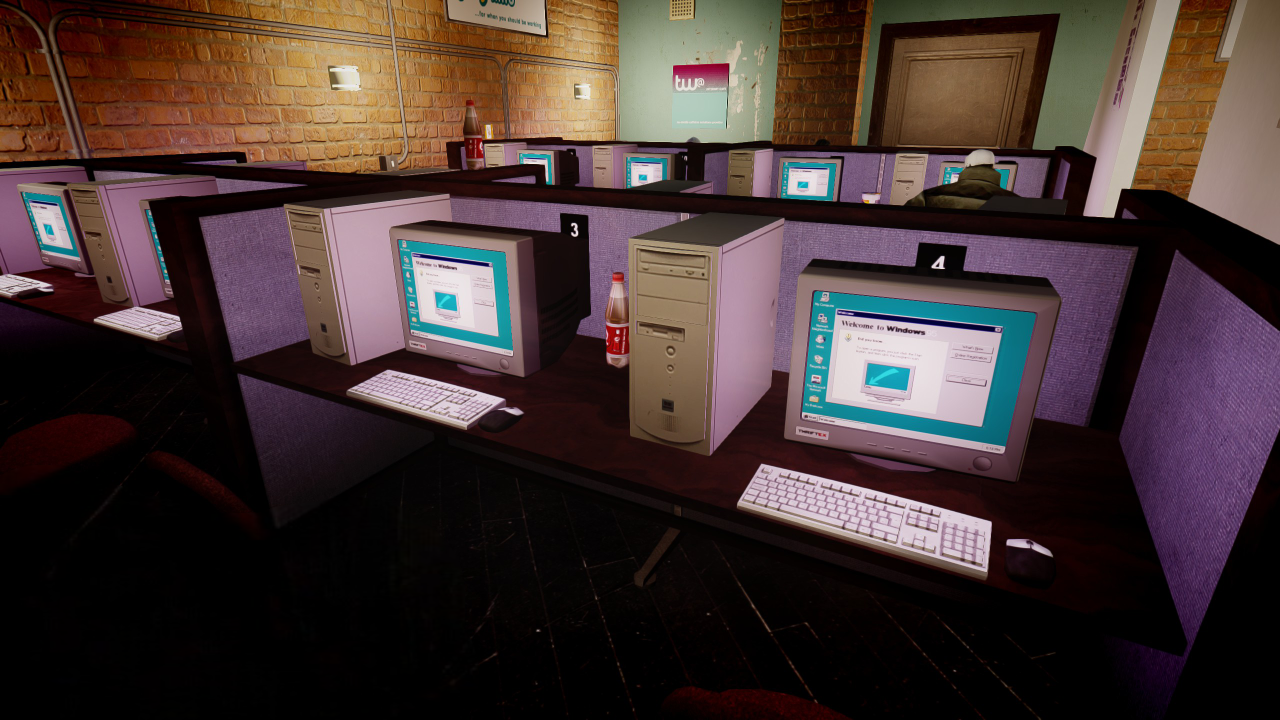Picture this: It's the late 1990s or early 2000s. You’ve made your monthly pilgrimage to the local newsstand or bookstore, or maybe the postman has just delivered. In your hands is the latest issue of Official PlayStation Magazine (OPM) – maybe imported or from a specialized shop – or perhaps the newest issue of PCQuest or Digit here in India. The magazine articles are secondary; the real prize is the gleaming demo disc nestled inside its cardboard sleeve or plastic wrapper. You rush home, pop it into your PlayStation's spring-loaded tray or the clunky CD-ROM drive of your family PC. The drive whirs, the console or computer reads... and then, a unique menu screen flickers to life, often pulsating with custom graphics and distinctive techno music. Listed before you are playable slices of upcoming worlds: Tomb Raider, Crash Bandicoot, maybe a demo of Age of Empires or Need for Speed on the PC disc. The excitement is immense – a chance to play these games, even just a level or two, before committing pocket money or savings to the full version. This curated, tangible "try before you buy" experience was the heart of the demo disc era.
The Floppy Preview (Late 80s - Early 90s): "Early Bytes: Shareware & Cover Tapes/Disks"
[ERA IMAGE SUGGESTION: A screenshot of the iconic first level of Doom, representing the shareware demo era.]
Before CDs became ubiquitous, game demos were rare and distributed through more primitive means. Early home computer magazines in the UK, like Your Sinclair for the ZX Spectrum, pioneered attaching cover tapes (cassettes) featuring game demos or even full exclusive titles. As floppy disks became standard (first 5.25-inch, then 3.5-inch), some magazines began bundling these, though the limited capacity restricted demos to very small snippets or simple games.
The more dominant form of "try before you buy" on PCs during this time was the shareware model. Developers would release a significant portion of their game – often the entire first episode or level of a game offered for free distribution via BBSs, mail order, or sometimes on magazine cover floppies. If they liked it, they could pay to unlock the full game. Id Software famously used this model for the first episodes of Wolfenstein 3D (1992) and the legendary DOOM (1993) ("Knee-Deep in the Dead"). These shareware episodes, sometimes featured on magazine cover floppies, were essentially extensive demos that hooked millions of players and revolutionized game distribution.
Tech Spotlight: Shareware Episodes & Early Cover Floppies
- Media: Cassette tapes, 5.25-inch and 3.5-inch floppy disks. Also distributed digitally via BBSs and early online services.
- Content: Limited game demos fitting on low-capacity media. Crucially, full first episodes of shareware games (e.g., Doom, Wolfenstein 3D, Commander Keen).
- Distribution: Attached to magazine covers, downloaded from BBSs, shared freely among users, mail order.
- Significance: Provided the earliest forms of playable game trials. The shareware model served as a highly effective demo and marketing strategy for early PC games.
Milestone Markers
- Late 1980s: Cover tapes/disks with demos appear on some computer magazines (especially UK).
- 1992/1993: Id Software releases shareware episodes of Wolfenstein 3D and Doom, becoming massively popular.
- Early 1990s: Shareware distribution via BBSs and floppy disks peaks.
Parallel Developments
- Late 80s/Early 90s: 16-bit computers and consoles (Amiga, Atari ST, SNES, Genesis) rise. PC gaming grows with VGA graphics and sound cards. BBSs are the primary online communities.
User Experience Snapshot
Imagine getting a floppy disk from a friend containing the first episode of Doom. Loading it up on your 386 or 486 PC and being blown away by the fast-paced 3D action. Playing those nine levels over and over, desperate to somehow get the full game. Or maybe typing in a short game demo from a magazine tape. It was a taste, often substantial, that left you hungry for more.
The Console Contender (Mid-1990s - Mid-2000s): "Your Monthly PlayStation Pass"
[ERA IMAGE SUGGESTION: The iconic cover art of Official U.S. PlayStation Magazine Demo Disc Vol. 1.]
The advent of CD-ROM based consoles, particularly the original Sony PlayStation (launched 1994/95), created the perfect environment for the demo disc to truly flourish. CDs offered ample storage (650MB) for substantial game slices, and console manufacturers quickly realized the marketing power of letting players try games directly on their hardware.
The Official U.S. PlayStation Magazine (OPM), launched in October 1997, became legendary largely thanks to its monthly demo disc. Each issue included a CD packed with playable demos of upcoming and recent PS1 (and later PS2) games, along with video trailers and interviews. These discs were hugely influential, introducing players to franchises like Metal Gear Solid, Final Fantasy VII, Gran Turismo, Tony Hawk's Pro Skater, and countless others. For many gamers without easy internet access or the money to buy games speculatively, the OPM demo disc was the primary way to discover new titles.
Sony further capitalized on this with its "Jampack" series – standalone demo compilation discs sold at budget prices or bundled with consoles, offering a curated mix of recent and upcoming titles (e.g., Crash Bandicoot, Spyro, Gran Turismo, Final Fantasy VII demos appeared on early OPM/Jampack discs). Similar official magazine demo discs existed for the Sega Saturn, Dreamcast, and later the Official Xbox Magazine (OXM) for Microsoft's console. This era cemented the demo disc as a cornerstone of console gaming culture.
Tech Spotlight: Official Console Magazine/Compilation Demo Discs
- Platform: Primarily CD-ROM (PlayStation, Saturn, Dreamcast), later DVD-ROM (PlayStation 2, Xbox).
- Content: Curated selection of playable game demos (often 5-10+ per disc), video trailers, interviews, sometimes game saves or themes.
- Distribution: Bundled monthly with official console magazines (OPM, OXM, etc.). Sold separately as budget compilation discs (Jampack). Sometimes included with console hardware bundles.
- Interface: Often featured unique, highly stylized menu systems with music and animations, specific to each disc.
- Significance: Became a major driver for magazine subscriptions and console game discovery. Provided millions of players with free, curated access to playable previews, significantly influencing purchasing decisions and building hype.
Milestone Markers
- Mid-1990s: PlayStation and Saturn launch with CD-ROM drives.
- 1997: Official U.S. PlayStation Magazine launches, including its iconic demo disc with every issue. Sony launches the Jampack demo disc series.
- Late 90s/Early 00s: Demo discs from official magazines and Jampacks reach peak popularity and influence for console gamers. Official Xbox Magazine follows suit for the Xbox.
Parallel Developments
- Mid-late 1990s: 3D gaming comes of age (PS1, N64). Console wars intensify. Game development costs and team sizes increase.
- Early 2000s: PlayStation 2 launches, becoming the best-selling console of all time. Xbox and GameCube enter the market.
User Experience Snapshot
Remember the sheer excitement when the new OPM arrived? Tearing it open, ignoring the magazine (at first), and immediately popping the demo disc into your PlayStation? Exploring the often-cool menu, deciding which demo to try first? Discovering a game you'd never heard of and falling in love with it? Spending hours trying to master that single demo level of Tony Hawk's Pro Skater or Metal Gear Solid? It was a monthly highlight for a generation of console gamers.
The PC Power Play (Mid-1990s - Mid-2000s): "PC Gamer's Payload"
[ERA IMAGE SUGGESTION: A cover of PC Gamer magazine from the late 90s/early 00s, prominently advertising the included demo CD.]
Parallel to the console world, the PC gaming scene thrived on demo discs delivered via magazines. With PC games often requiring specific hardware configurations and internet access still developing, trying before buying was crucial. Magazines like PC Gamer (US edition launched 1994), Computer Gaming World, and general PC publications like India's PCQuest, CHIP, and Digit stepped into the breach.
Their cover CDs, and later DVDs, became legendary payloads, often featuring multiple game demos alongside the utilities and shareware mentioned previously. Getting a taste of groundbreaking titles like Diablo, Quake II, Half-Life, StarCraft, or Age of Empires via a magazine disc was common. These demos were often substantial, offering several levels or significant playtime. For PC gamers, especially in regions like India where digital downloads were slow or impractical, these discs were invaluable. They weren't just demos; they often included vital patches for buggy games, custom maps, mods, and essential software like DirectX or WinZip, making the magazine purchase almost essential for staying current.
Tech Spotlight: PC Magazine Demo Discs
- Platform: CD-ROM, later DVD-ROM for PCs running Windows.
- Content: Playable PC game demos (often multiple per disc), patches, mods, user maps, essential utilities (DirectX, compression tools), video drivers.
- Distribution: Bundled monthly with major PC gaming magazines (PC Gamer, etc.) and general computer magazines (PCQuest, CHIP, Digit).
- Interface: Typically custom autorun menus, sometimes quite elaborate (early PC Gamer discs had FMV sequences and a Myst-like interface).
- Significance: Primary method for PC gamers to try new games before purchase in the pre-broadband era. Crucial source for patches and essential utilities. Provided huge value for magazine subscribers, especially in bandwidth-limited regions like India.
Milestone Markers
- 1994: US edition of PC Gamer launches, includes demo discs.
- Mid-1990s: Cover CDs become standard for most PC magazines.
- Late 1990s/Early 2000s: Peak era for PC demo discs, featuring demos for many classic and defining PC games. Indian magazines like PCQuest, CHIP, and Digit heavily rely on game demos ("Playware") on their cover mounts.
Parallel Developments
- Mid-late 1990s: Rapid advances in PC hardware (3D graphics cards). PC gaming booms with FPS, RTS, RPG genres. Internet access grows, but downloads remain slow for large files.
- Early 2000s: DVD drives become common on PCs.
User Experience Snapshot
The thrill of installing multiple demos from a single PC Gamer or Digit disc, hoping your hardware could run them smoothly. Discovering an indie gem alongside the big AAA previews. Finding that crucial patch that finally fixed a game-breaking bug. Spending hours mastering the intricacies of a single demo level. The PC demo disc felt like a curated care package for the dedicated PC enthusiast.
The Digital Download Disruption (Mid-2000s - Early 2010s): "Broadband Buffers the Demo Disc"
[ERA IMAGE SUGGESTION: A graphic showing a physical demo disc dissolving or being pushed aside by download icons from Steam, Xbox Live, and PlayStation Network.]
The reign of the physical demo disc, both on console and PC, began to crumble with the arrival of widespread, affordable broadband internet. The very problem demo discs solved – distributing large playable game files when downloads were impractical – was being eliminated.
Digital distribution platforms emerged and rapidly gained traction:
- Steam (PC, launched 2003, gained steam mid-2000s): Valve's platform revolutionized PC game distribution, including offering downloadable demos directly.
- Xbox Live Marketplace (later Arcade) (Xbox 360, 2005): Offered downloadable demos, indie games (XBLA), trailers, and more directly to the console.
- PlayStation Network Store (PS3, 2006): Provided similar functionality for PlayStation users.
Suddenly, gamers could browse a vast library of demos online and download the ones they wanted directly to their hard drive, often instantly or within minutes/hours on a broadband connection. There was no need to wait for the next issue of OPM or PC Gamer. This convenience, combined with the increasing cost and logistical hassle for publishers to produce and distribute millions of physical discs, made the traditional demo disc model unsustainable. Furthermore, online betas and free-to-play weekends offered alternative ways for players to try games before launch or purchase. Why sample a small slice when you could participate in a large-scale test or try the full game for a limited time?
Tech Spotlight: Digital Demo Distribution
- Platforms: Online storefronts integrated into consoles (Xbox Live Marketplace, PSN Store) and PCs (Steam, publisher websites).
- Delivery: Direct download over broadband internet connections.
- Content: Playable demos, timed trials, beta access, free-to-play games, trailers.
- Advantages: Instant access, wider selection (not limited by disc space), lower distribution cost for publishers, ability to track demo usage data.
- Significance: Made physical demo discs largely redundant by offering a faster, more convenient, and cheaper distribution method. Shifted game trials from physical media to online services.
Milestone Markers
- 2003: Steam launches on PC.
- 2005: Xbox 360 launches with Xbox Live Marketplace offering downloadable demos.
- 2006: PlayStation 3 launches with the PlayStation Network Store.
- Late 2000s/Early 2010s: Digital demo downloads become the standard method. Magazines start phasing out demo discs (OPM US ends 2007, PC Gamer US drops disc ~2011).
Parallel Developments
- Mid-late 2000s: Broadband internet becomes the norm in many households globally. Console hard drives become standard, enabling large downloads. Digital distribution challenges physical retail.
- Early 2010s: Rise of free-to-play games with microtransactions. Early access models emerge on PC. Game streaming (Twitch) starts gaining popularity.
User Experience Snapshot
Remember booting up your Xbox 360 or PS3 and Browse the marketplace for free demos? Downloading a promising title directly to your console? Or installing Steam on your PC and discovering a library of demos available with a click? It felt incredibly convenient compared to waiting for a magazine disc. The era of the physical demo disc hunt was clearly ending.
The Archived Artifact (Mid-2010s - Present): "Lost Levels, Found Memories"
[ERA IMAGE SUGGESTION: A screenshot of the Internet Archive's software collection interface, showing covers or listings for various demo discs.]
Today, the physical game demo disc is effectively extinct in the mainstream. Finding one attached to a magazine or packed with a console is like finding a fossil. They belong to a bygone era, replaced entirely by digital downloads, betas, free weekends, extensive gameplay videos on YouTube and Twitch, and the pervasive free-to-play model.
Yet, the demo disc holds a powerful nostalgic grip on gamers who grew up during its heyday (roughly 1995-2010). They represent a time of tangible discovery, of curated experiences handed down by magazine editors, of hours spent mastering limited slices of exciting new worlds. They are sought after by collectors, not just for the demos themselves (which can often be found digitally), but for the unique disc art, packaging, and especially the bespoke menu systems and bonus content often included.
Fortunately, this "lost art" is being actively preserved. Communities dedicated to retro gaming and digital archiving, particularly the Internet Archive, host vast collections of demo disc ISO images. These archives allow future generations (and nostalgic older ones) to experience not just the game demos, but the entire context – the menus, the music, the videos – that made each demo disc a unique artifact of its time. While we may download our trials instantly now, the memory of that monthly disc-based treasure hunt remains a cherished part of gaming history.
Tech Spotlight: Demo Disc Archives
- Platform: Online repositories like the Internet Archive (archive.org), community retro gaming sites.
- Content: Digital images (.iso, .bin/.cue) of original demo discs from magazines (OPM, OXM, PC Gamer, PCQuest, etc.) and standalone compilations (Jampack). Includes console and PC discs.
- Accessibility: Freely downloadable. Can often be run using emulators or virtual machines, or sometimes on original hardware if burned to a disc or loaded via modifications.
- Significance: Preserves a crucial part of gaming history, including potentially lost demos, unique menu systems, and bonus content not available elsewhere. Allows exploration and research into past game marketing and distribution methods.
Milestone Markers
- Mid-2010s: Physical demo discs become exceptionally rare. Digital demos, betas, and F2P dominate game trials.
- Ongoing: Archival efforts by the Internet Archive and gaming communities expand the collection of preserved demo discs.
- Present: Demo discs exist primarily as collectors' items and objects of nostalgia, their content accessible mainly via digital archives.
Full Circle Reflections
The journey from shareware floppies to jam-packed DVDs bundled with glossy magazines represents a vibrant and essential chapter in gaming history. For over a decade, the demo disc was the primary gateway for millions of players worldwide to discover and experience new games. It was a tangible piece of excitement arriving monthly, a curated playlist of interactive potential offered by editors at OPM, PC Gamer, PCQuest, Digit, and their contemporaries. It fueled hype, influenced purchases, and fostered a unique culture of discovery and sharing.
The rise of fast internet and digital distribution inevitably rendered the physical disc obsolete, replacing the monthly ritual with instant downloads and streaming previews. While convenience was gained, something was arguably lost – the curated surprise, the unique identity of each disc with its custom menu and music, the shared experience of exploring that specific collection. The demo disc was an art form born of technological limitations and marketing ingenuity. Though lost from our consoles and drives, its legacy lives on in digital archives and the fond memories of gamers who remember the simple joy of inserting that coin... or rather, that disc.
The Heritage Impact: Playable History
The demo disc era left a significant mark:
- Game Discovery: Introduced millions of players to new games and franchises they might otherwise have missed.
- Marketing Evolution: Established "try before you buy" as a key game marketing strategy, evolving from shareware to discs to digital downloads/betas.
- Community Building: Magazine demo discs fostered discussion and excitement within gaming communities.
- Content Preservation: Demo discs sometimes contained unique versions, cut content, or special features not in the final game, making their archival important.
- Magazine Value: Was a primary driver of sales and subscriptions for gaming and computer magazines for over a decade.
They were playable snapshots of gaming history, delivered right to our doorsteps.
FAQ: Demo Disc Deep Dive
- What were game demo discs? They were CDs or DVDs, typically bundled with gaming or computer magazines (like Official PlayStation Magazine, PC Gamer, PCQuest, Digit), packed with consoles, or sold as compilations (like PlayStation Jampack). They contained free, playable samples (demos) of video games, allowing users to try games before buying the full version.
- When were demo discs most common? They were most prevalent from the mid-1990s, coinciding with the rise of CD-based consoles like the PlayStation, through the mid-to-late 2000s. Their popularity declined sharply with the widespread adoption of broadband internet and digital game stores on consoles and PCs.
- Where did you usually get demo discs? The most common sources were monthly gaming or computer magazines. They were also frequently included in console bundles or sold as standalone budget compilation discs (like Sony's "Jampack" series for PlayStation). Sometimes they were given away as promotional items.
- Why did physical demo discs disappear? The main reason was the rise of fast broadband internet and digital distribution platforms (like Steam, Xbox Live Marketplace, PlayStation Network Store). These platforms allowed game demos and trials to be downloaded directly to consoles or PCs quickly and conveniently, making physical discs unnecessary and costly for publishers and magazines to produce and distribute. The rise of gameplay videos on YouTube/Twitch also provided alternative ways to preview games.
- Can you still play old game demo discs? Yes. If you have the original console (like a PS1, PS2, original Xbox) or a compatible PC (sometimes requiring older OS or specific hardware for PC discs), the physical discs can often still be played. Additionally, many demo discs have been digitally archived online (e.g., on the Internet Archive) as ISO images, which can be run using emulators on modern computers.




